Pushing Boundaries with the World’s Largest Drone
Engineers at the University of Manchester have potentially set a new record in the Drone Industry, having successfully flown what they believe to be the largest unmanned quadcopter drone ever created. This remarkable achievement, though yet to be independently verified, showcases the university’s innovative approach to Drone Technology and design.
The Giant Foamboard Quadcopter: A Marvel of Engineering
Dubbed the Giant Foamboard Quadcopter (GFQ), this drone is an impressive sight to behold. Its structure spans a staggering 6.4 meters (21 feet) from corner to corner and is constructed from foamboard, a material composed of foam sandwiched between layers of paper, typically used in modeling and artwork mounting. The result is a drone with a lightweight yet durable build, capable of both manned and autonomous flight.
The GFQ’s maiden voyage took place within the controlled environment of a hangar at the Snowdonia Aerospace Centre in July. Kieran Wood, the pilot of the GFQ and a lecturer in Aerospace Systems at the University, expressed the critical nature of the drone’s initial moments in the air, stating, “The first moments of flight are the make-or-break point for these types of multi-copter drones. There are many hundreds of things that you must get right.” Thankfully, the flight proceeded without any issues, avoiding what Wood humorously referred to as a “rapid unscheduled disassembly.”

Weighing in at 24.5 kilograms, the GFQ just barely falls under the 25-kilogram weight limit set for drones of its type by the United Kingdom’s Civil Aviation Authority. This achievement is particularly notable given the use of low-cost, environmentally friendly materials in its construction.
More Than Just a Project: The Future of Cardboard Drones
Originally conceived as a student project focused on exploring the use of low-cost materials for lightweight aircraft structures, the GFQ has proven that environmentally friendly alternatives to carbon fiber are viable in drone manufacturing.
Professor Bill Crowther from the University of Manchester emphasized the ingenuity of the design, remarking, “Ultimately, with this design you are holding up 25kg of aircraft with just a few strategically placed pieces of paper – that’s the art of the possible.”
The team at Manchester University is not stopping here; their next goal is to create an even larger version of the GFQ. And while cardboard-like materials in drone manufacture may seem unconventional, they are gaining traction in the industry. Australian firm SYPAQ has been supplying cardboard drones to Ukraine, showcasing the practical applications of these lightweight, radar-evasive drones in real-world scenarios.

Photos courtesy of the University of Manchester
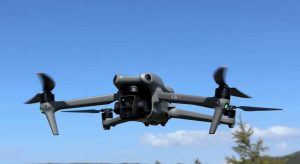
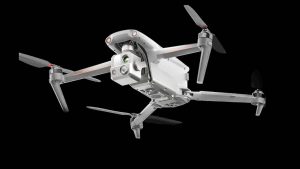


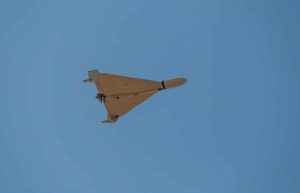
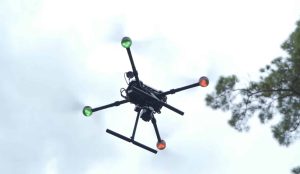
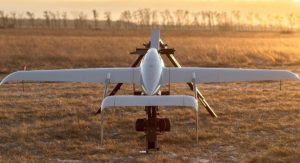
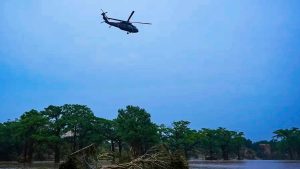

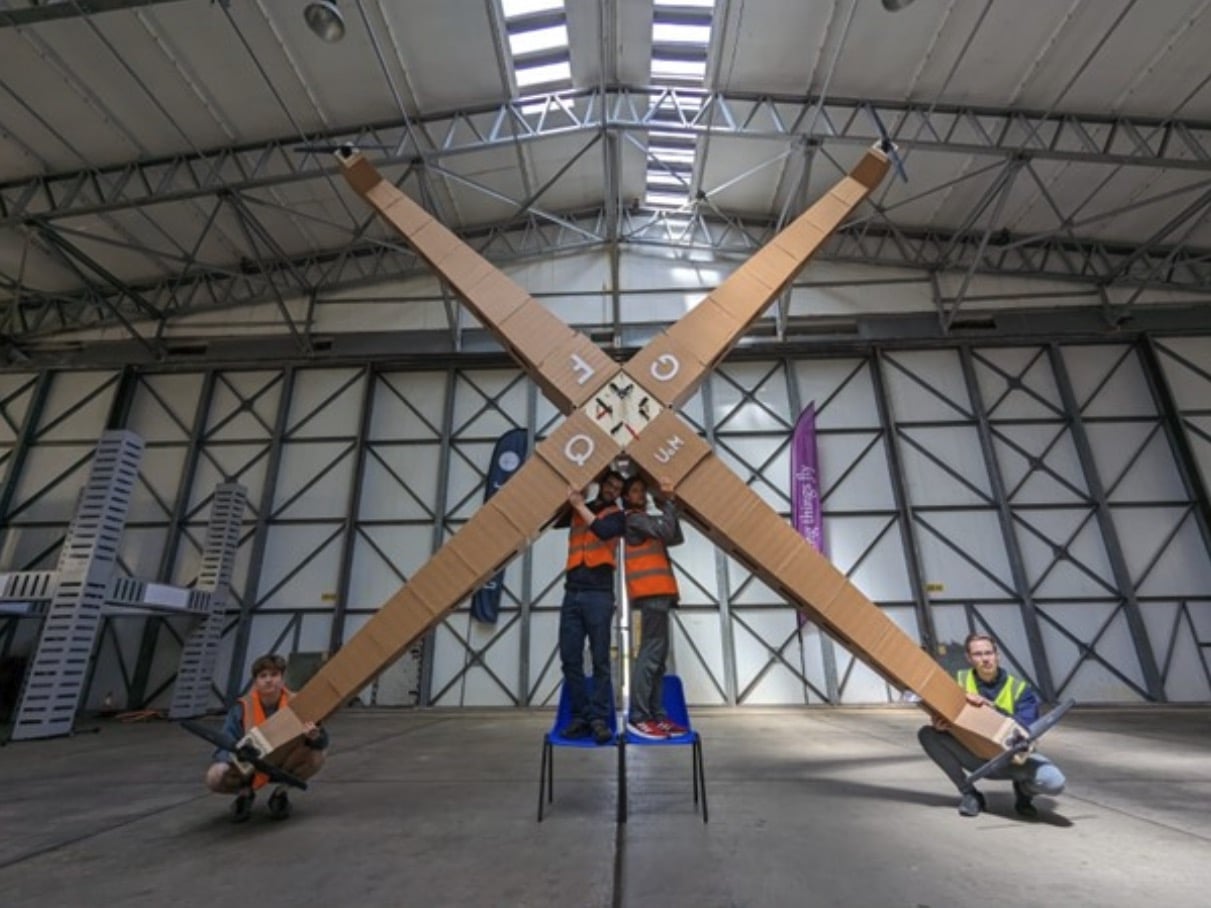

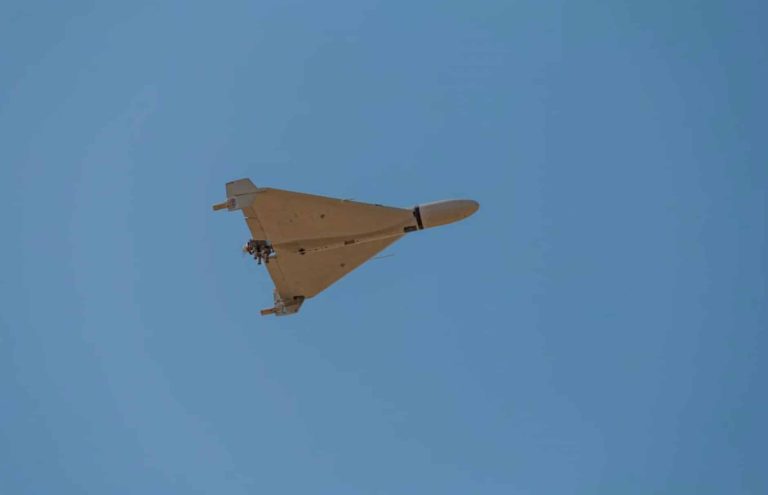
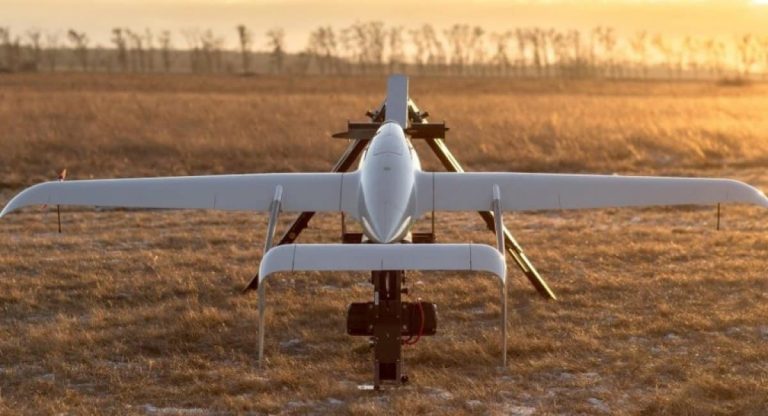
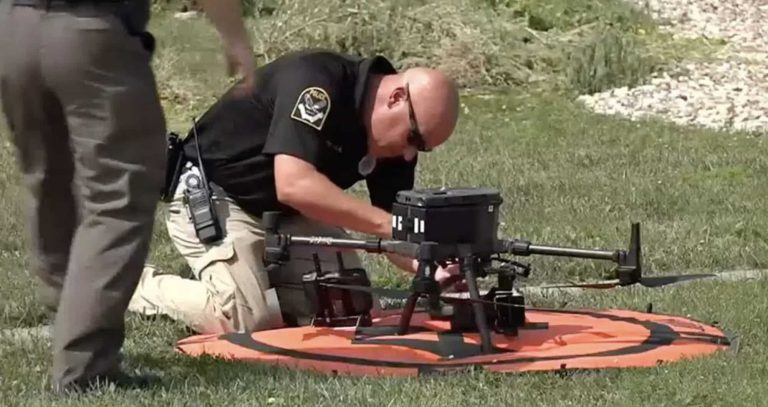
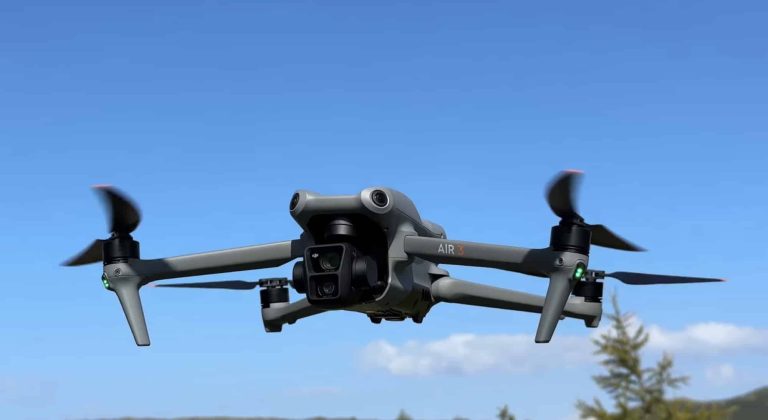
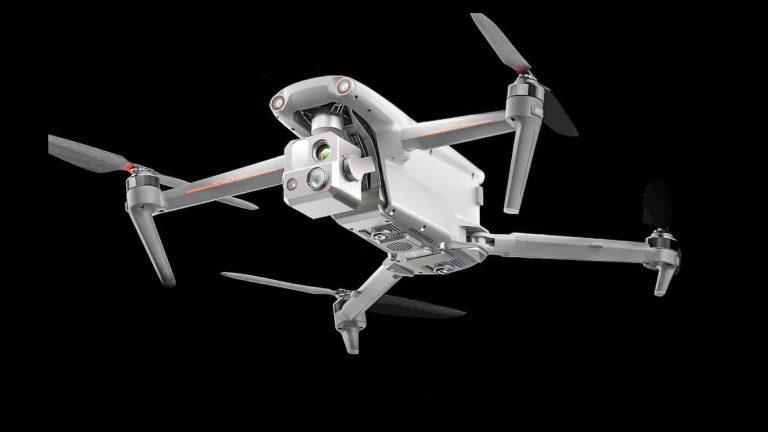


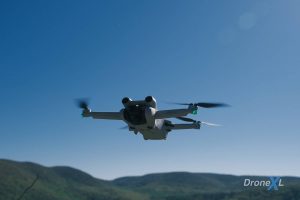

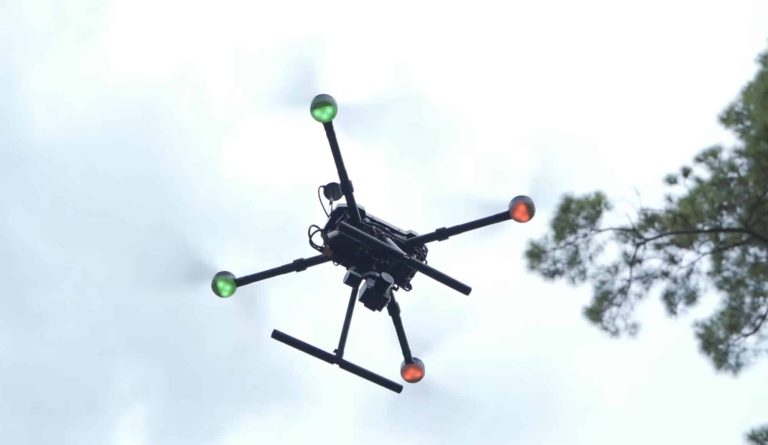
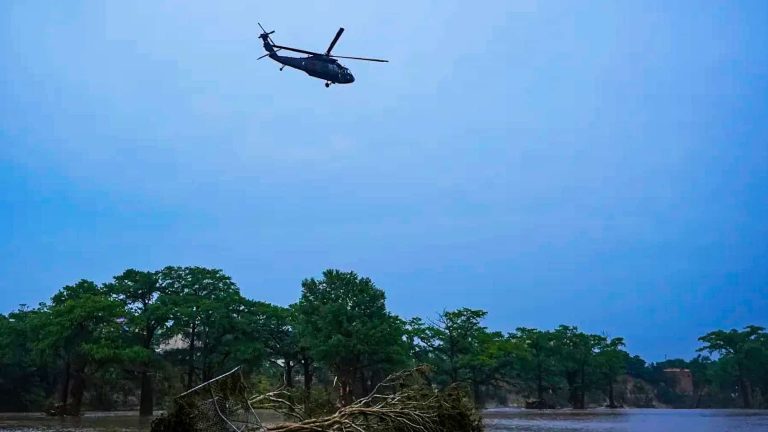
+ There are no comments
Add yours